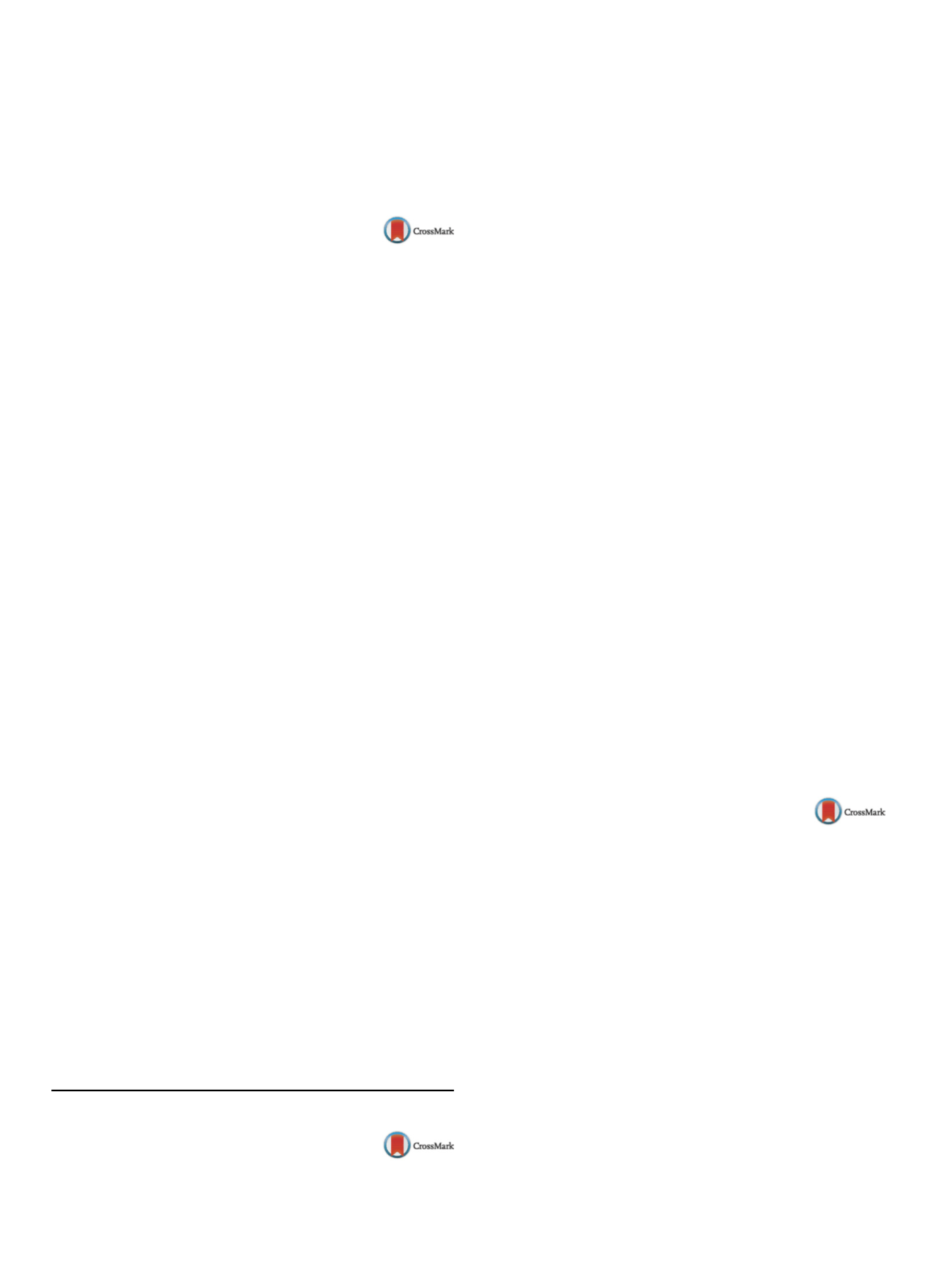

S70
25th European Congress of Psychiatry / European Psychiatry 41S (2017) S69–S105
with all known safety and economy informationwhen selecting the
strategy for individual patients.
Disclosure of interest
The author has not supplied his declaration
of competing interest.
http://dx.doi.org/10.1016/j.eurpsy.2017.01.224O003
Assessing obsessive-compulsive
symptoms: The Portuguese version of
the Padua Inventory
A. Galhardo
1 ,∗
, J. Pinto-Gouvei
a 2 , M.Cunha
1 ,I. Massano-Cardoso
31
Miguel Torga Institute, CINEICC, Faculty of Psychology and
Educational Sciences of the University of Coimbra, Psychology,
Coimbra, Portugal
2
Faculty of Psychology and Educational Sciences of the University of
Coimbra, CINEICC, Coimbra, Portugal
3
Miguel Torga Institute, Psychology, Coimbra, Portugal
∗
Corresponding author.
Introduction
Self-report instruments are useful tools for the
assessment of psychopathological symptoms such as obsessive-
compulsive symptoms. The Padua Inventory (PI) is a measure that
has been widely used in clinical and research settings and studied
in several countries.
Objectives
This study explores the psychometric properties and
factor structure of the Portuguese version of the PI.
Methods
Translation and translation-back of the original ver-
sion were executed. A total of 847 participants (468 women and
379 men) from the general population was recruited through a
snowball procedure and completed the PI and other mental health
measures. The data set was randomly split in order to conduct
principal component analysis (PCA) and confirmatory factor (CFA)
analysis in two different samples. Moreover, internal consistency,
convergent and discriminant validity and test-retest reliability
analyses were conducted.
Results
From the PCA analysis four factors emerged, comprising
clusters of items related to doubting/impaired control over mental
activities, contamination/washing/cleaning, checking and worries
about losing control over motor behaviors. CFA results revealed
that the model presented a poor fit to the data and indicated that
the model would benefit from the establishment of correlations
between pairs of error terms of items with identical contents. The PI
exhibited excellent internal consistency, good test-retest reliability
and good convergent and discriminant validity.
Conclusions
The PI Portuguese version showed a similar factor
structure to the one presented in other studies and revealed good
psychometric properties. Nevertheless, results from the CFA sug-
gest that shortening the PI may be advantageous.
Disclosure of interest
The authors have not supplied their decla-
ration of competing interest.
http://dx.doi.org/10.1016/j.eurpsy.2017.01.225Oral communications: Anxiety disorders and
somatoform disorders; depression;
obsessive-compulsive disorder and personality
and personality disorders
O004
Anti-basal ganglia antibodies (ABGA)
and excitatory neurotransmitters in
obsessive-compulsive disorder (OCD)
S. Gnanavel
1 ,∗
, A . Parmar
2 , P. Sharan
2 , V. Subbiah
3 , U.Sharma
4 ,J. Nr
41
Northgate hospital, CYPS Child psychiatry, Morpeth, United
Kingdom
2
All India Institute of Medical Sciences, Psychiatry, New Delhi, India
3
AIIMS, Neurobiochemistry, New Delhi, India
4
AIIMS, NMR, New Delhi, India
∗
Corresponding author.
Introduction
OCD is a complex disorder with multiple aetiolog-
ical theories. Recent research points to role of autoimmunity as
well as hyperactivity of glutaminergic pathways in aetiopathogen-
esis of the disorder. It is possible that autoimmune mechanisms
may modulate excitatory neurotransmission resulting in OCD.
Aims/objectives
This study aimed to study the association
between serum anti-basal ganglia autoantibodies (ABGA) and Glx
(glutamate + glutamine) levels in caudate nucleus and anterior
cingulate cortex as demonstrated by
1
H-MRS (proton magnetic
resonance spectroscopy).
Methods
Thirty psychotropic-naive OCD patients and an equal
number of age, gender matched healthy controls were studied
using
1
H-MRS and levels of Glxwere obtained. ABGAwasmeasured
using ELISA (enzyme linked immunosorbent assay) technique and
categorised as present or absent in the serum.
Results
ABGA was present in significantly higher proportion of
patients as compared to controls (
P
< 0.05). Glx level was signif-
icantly higher (as measured by
1
H-MRS) in patients with ABGA
as compared to those without ABGA (
P
= 0.02). The study results
did not differ based on age, gender, disease severity and illness
duration.
Conclusions
The study demonstrates presence of ABGA in at least
a subset of OCD population. The significant correlation between
brain Glx levels and presence of ABGA provides a putative neuro-
biological framework for OCD. The strengths of the study include
psychotropic-naive patients, blinded investigators and use of stan-
dardized instruments. The limitations include small sample size,
use of Glx as proxy measure of glutamate and lack of other disor-
der controls. Similar studies on a larger sample are warranted for a
better understanding.
Disclosure of interest
The authors have not supplied their decla-
ration of competing interest.
http://dx.doi.org/10.1016/j.eurpsy.2017.01.226O005
Reaching out to patients with
antisocial personality disorder with
brief psychoeducation
M. Hesse
∗
, B. Thylstrup
Aarhus University, Department of Psychology, Aarhus, Denmark
∗
Corresponding author.
Introduction
Patients with antisocial personality disorder incur
high costs on society, and are at high risk of dropping out of treat-
ment and are often excluded fromtreatment, yet very little research
has been conducted on how to best help these patients.
Objectives
To test a six-session psychoeducation program,
Impulsive Lifestyle Counselling, in outpatients with substance use
disorders and antisocial personality disorder.
Aims
To test the efficacy of the intervention versus treatment as
usual in community outpatient treatment for substance use disor-
ders.
Methods
Pragmatic randomized trial in 13 outpatient com-
munity substance abuse treatment uptake areas. Patients were
interviewed by blinded interviewers 3, 9 and 15 months post-
randomization and tracked through a national substance abuse
treatment register. Mixed effects regression were used to assess
substance use and self-reported aggression and Cox regression was
used to assess risk of dropout.


















